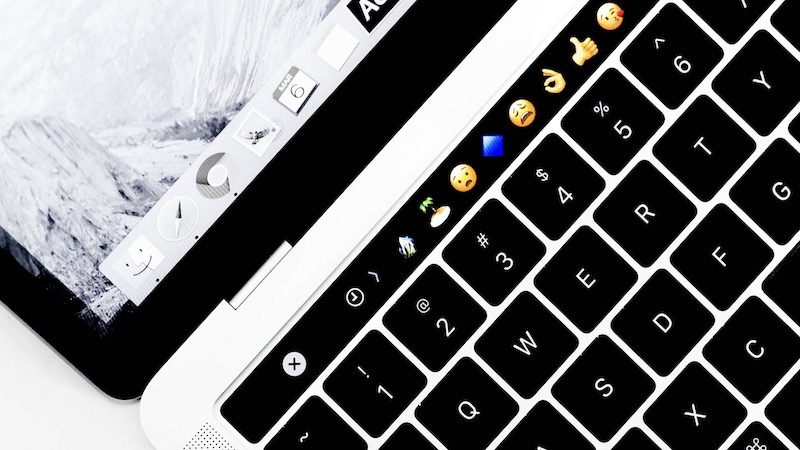Today we use emojis not only to express our feelings in private chats, but also to better reach customers in the business world. But how did emojis actually develop? We take a look at their history.
Without emojis, many chats and marketing forms would not work at all anymore. With them we can express how we feel in a creative way. And they are a lot of fun to use.
But how did the colorful characters actually develop? After all, the large number of different symbols available to us on our smartphones today hasn’t been around for that many years.
One of the UK’s largest app developers, the App Institute, has therefore drawn up an illustrated timeline of how they have developed.
The history of emojis: How it all began
It all started in 1862, when the New York Times became the first daily newspaper to accidentally use a smiling typographic sign. In fact, they printed the symbol on a speech of the then US President Abraham Lincoln.
The first time anyone used a typographic symbol on purpose was some 20 years later. Puck, a US satirical magazine, used a few more typographers in its March 30, 1881 issue to describe feelings of happiness, melancholy, indifference and astonishment.
100 years later: Shigetaka Kurita invents emojis
So this is what the beginnings of typographic symbols looked like. More than a hundred years later, however, the actual history of emojis is just beginning. Shigetaka Kurita, who was an employee of a large Japanese mobile phone manufacturer in 1998, designed the first monochrome picture letters.
He oriented himself on the colorful manga scene and created a whole set of 176 picture letters. Among them were not only emojis for human feelings, but also various objects such as an umbrella.
Kurita’s emojis are, however, for the first time only available in Japan, Korea and Co. It takes more than a decade for them to conquer the whole world.
Out into the wide world
In October 2010, the sixth version of Unicode, the standard for digital encoding, finally arrived with hundreds of emojis. iPhones from Apple and smartphones from Google supported the symbols, as did platforms such as Facebook and Twitter.
With each new Unicode, sometimes more, sometimes less new emojis were added. In 2015, Unicode 8.0 also introduced icons with five different skin colors.
From now on, people from different backgrounds could identify more closely with the little emojis and give their messages a more personal style.
Since then, the colorful characters have changed more and more and developed in detail, especially in personal and controversial matters. So the originally real pistol emoji has become one for a water spray gun.
And in November 2016, signs for religious people wearing a headscarf also appeared.
Emoji traffic on Facebook, revolution by Apple
Over the past five years, digitization has of course developed much more strongly and rapidly than before. This has also had an impact on the popularity of emojis.
On World Emoji Day, July 17, 2017, Facebook made it public that we use around 60 million of them on the platform every day. In Messenger, at five billion, it was even much more.
In November of the same year Apple caused another revolution: The new operating system iOS 11 gave us animated emojis – the so-called Animojis. With the help of the then new face recognition system, we were now able to send animated messages ourselves.
By the way, Apple continued to develop the system after that. For the tenth anniversary of Apple’s emojis in 2018, the company has published no less than 158 new icons.
And with the new Unicode 12.0, 59 new characters were added in March 2019. Among them were gender-neutral couples and many cultural symbols.
And where do we stand today?
In the meantime, the year 2020 has of course changed a lot. The Corona crisis has brought forth a few appropriate emojis. For example, there are now faces with a mouth and nose mask.
It almost seems as if there is now a suitable symbol for almost every possible situation – and if not, it is just being built.
This will certainly not change in the future – on the contrary. The Emojis finally give us the possibility to show emotions in digital space as well. And these are elementary important for our communication – be it private or professional.










